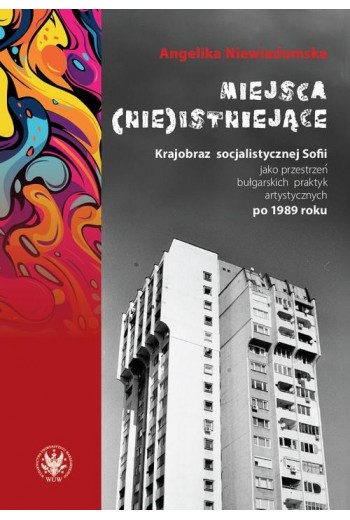- Nowy


Modal content..

TematykaSocjologia
AutorzyAngelika Niewiadomska
WydawnictwoWydawnictwa Uniwersytetu Warszawskiego
Rok wydania2024
ISBN978-83-235-6530-7